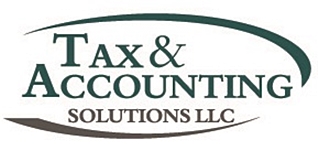The Tax Cuts and Jobs Act made some significant changes to how business owners deduct the cost of certain property. In the past, the cost of business assets was recovered through bonus depreciation, by regular depreciation or by expensing it under §179, depending on the type of property.
Prior to the change in the law, taxpayers were allowed to deduct 50% of the cost of most new tangible property (other than buildings and some building improvements) and most new computer software in the year placed in service. This was referred to as 50% bonus depreciation. Currently, for property placed in service and acquired after Sept. 27, 2017, the 50% bonus rate increases to 100%, appropriately called 100% bonus depreciation. Additionally, property eligible for bonus depreciation can be new or used.
Beginning in 2018, taxpayers can immediately deduct the entire cost of qualifying §179 property up to an annual limit of $1 million. Qualifying property for §179 expensing has been expanded to include certain depreciable tangible property used in connection with lodging, such as appliances and furniture in a residential rental activity and improvements to non-residential real property such as roofs, heating, ventilation, air conditioning, and fire and alarm protection systems.
While on the surface it may not look like there is much of a difference between 100% bonus depreciation or §179 expensing, which method you choose depends on several factors such as your income, the type of property you purchase and when it is placed in service.

